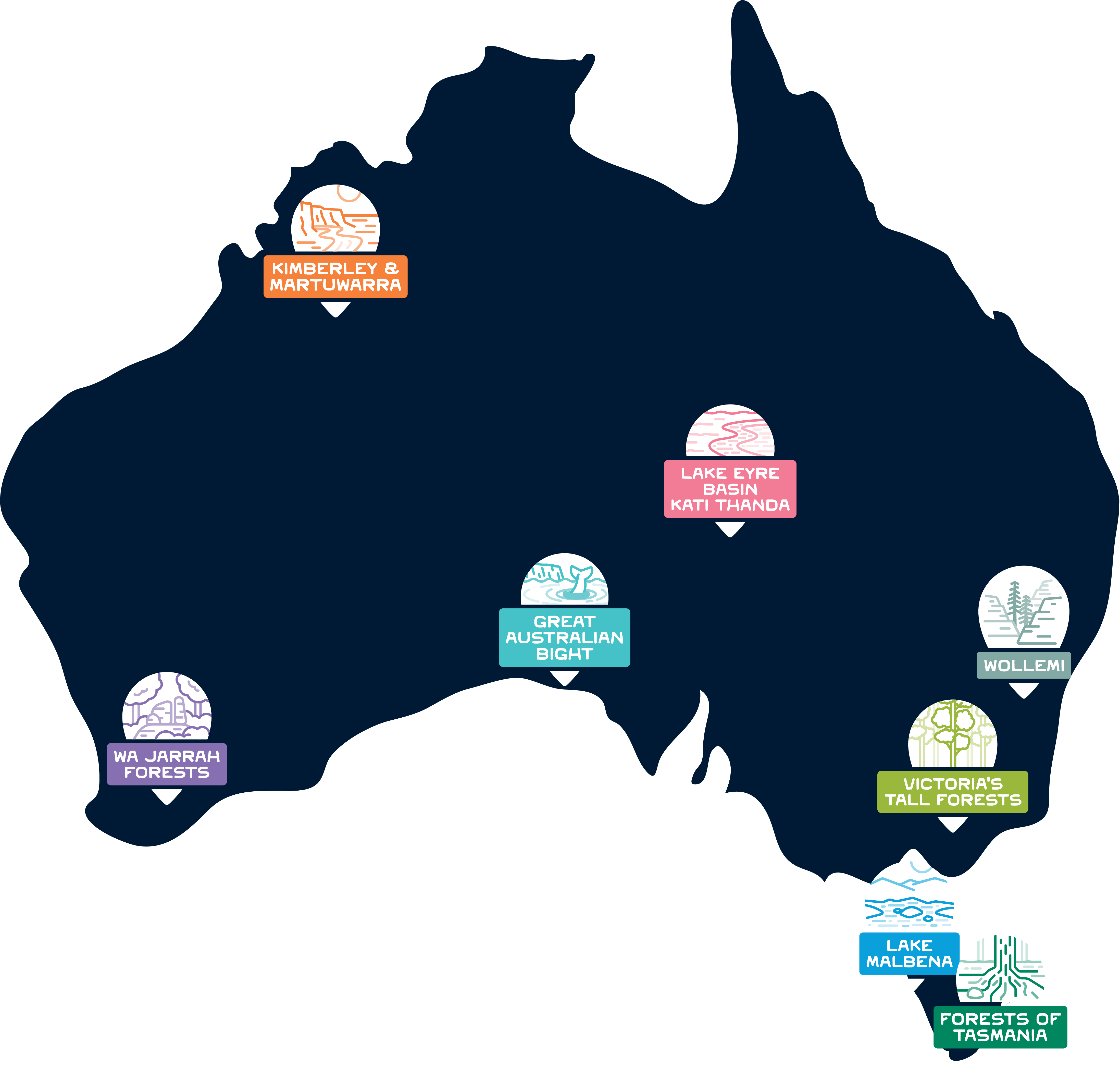Wollemi trail guide
Use our handy guide to experience the best of what Wollemi National Park has to offer.
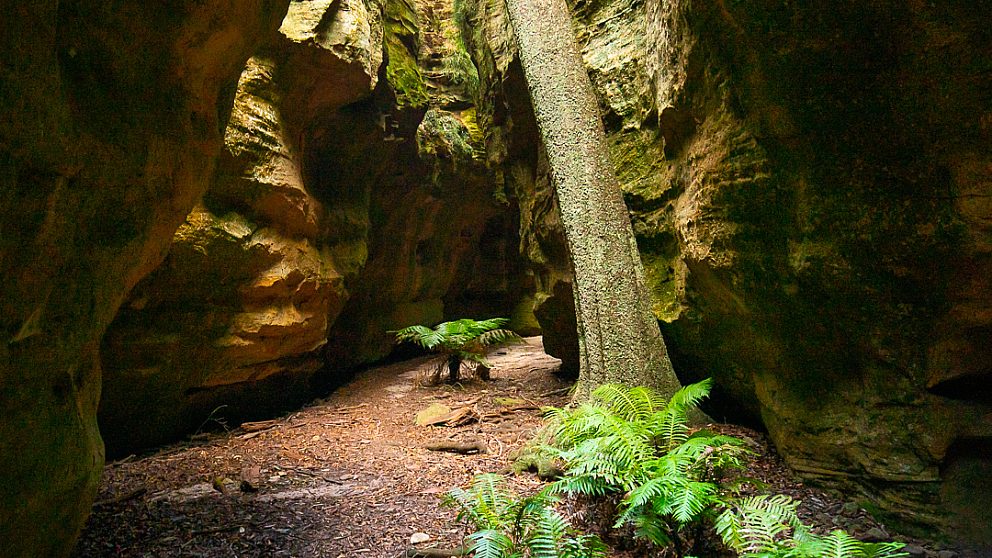

Megan Holbeck speaks to wilderness advocate (and keen bushwalker) Caro Ryan about her favourite tracks in NSW’s second largest national park

“Because of its vastness and scale, there is so much within it that we don't know. And I love the mystery: it keeps me in awe and wonder, and gives me a sense of curiosity.”
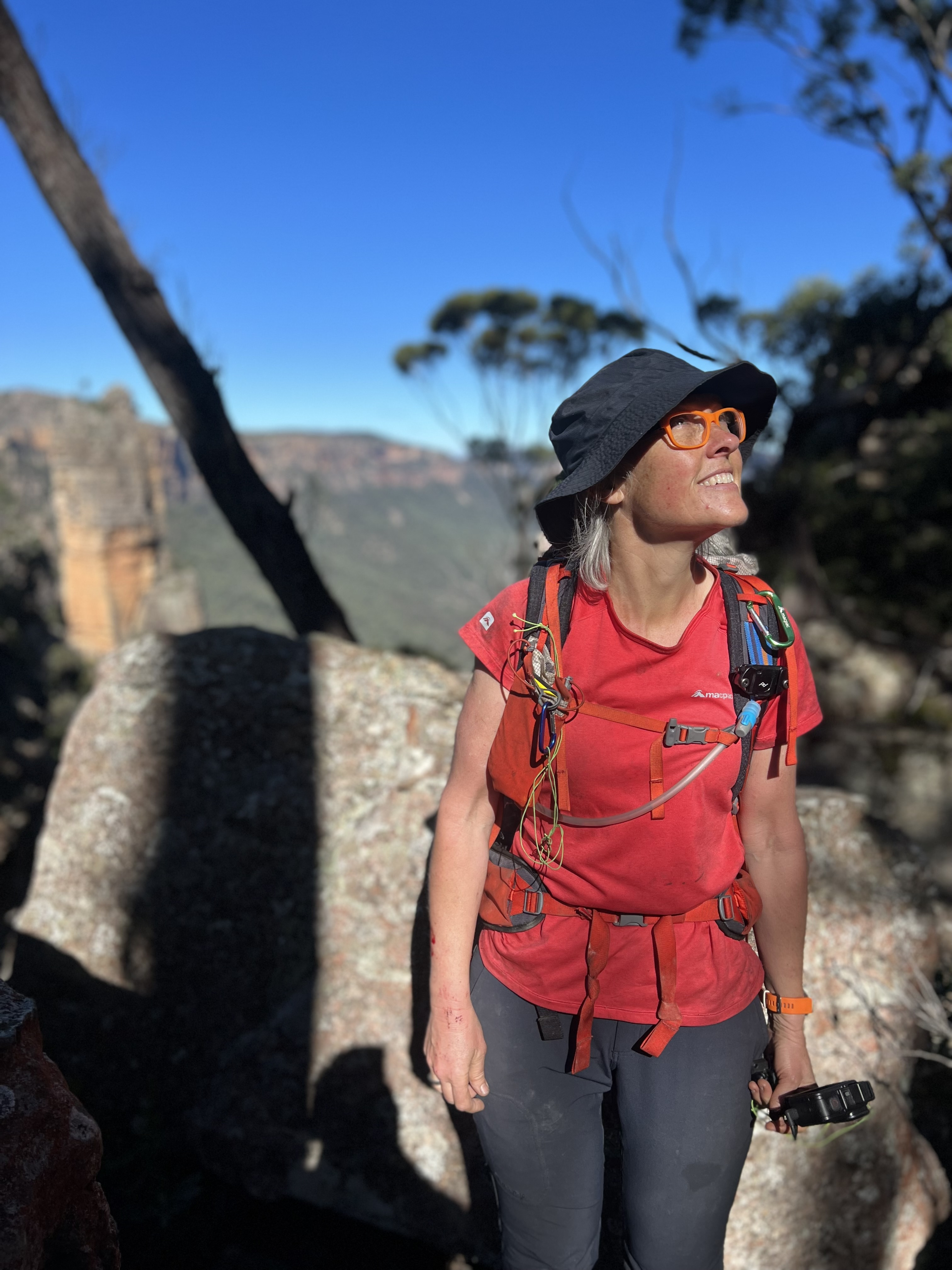
Just a couple of hours drive from Sydney, Wollemi is NSW’s second largest national park. This diverse landscape of mountain rainforests, sandstone pagodas, swamps, forests and spectacular cliffs offers spectacular walking, with tracks for day walkers as well as rewarding off-track exploration for the experienced. Although close to Australia’s largest city, it’s an ancient, unspoilt landscape.
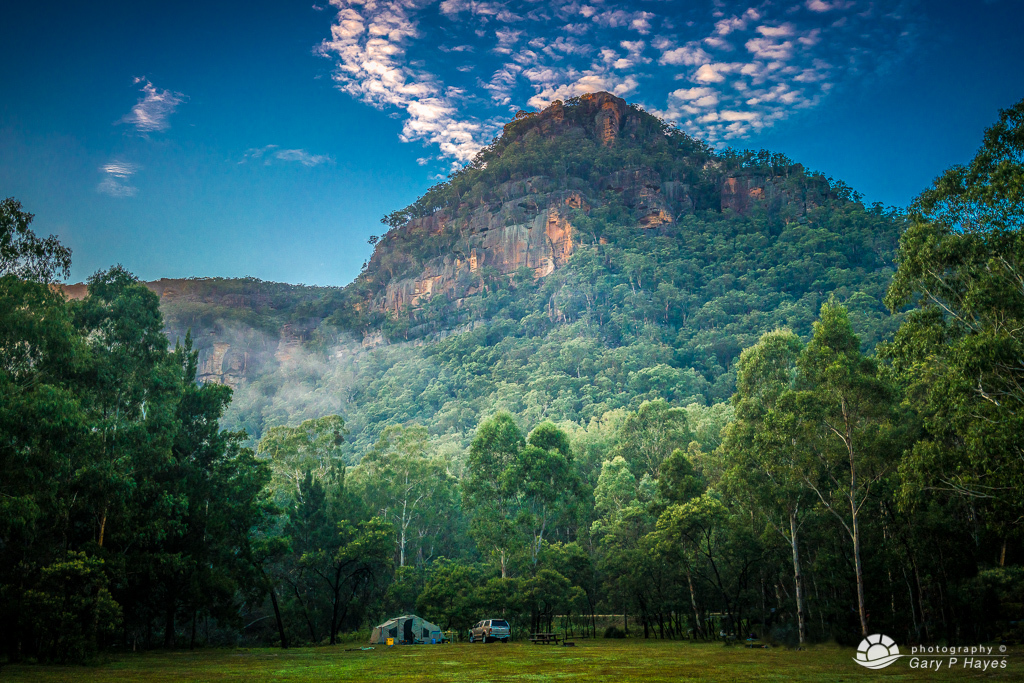
“As you drive down into the Wolgan Valley through the pass, the walls rise up on either side of you. It’s like you're being sucked down into this beautiful, ancient sandstone canyon, and you drive to the very end and that's where the campground is.”
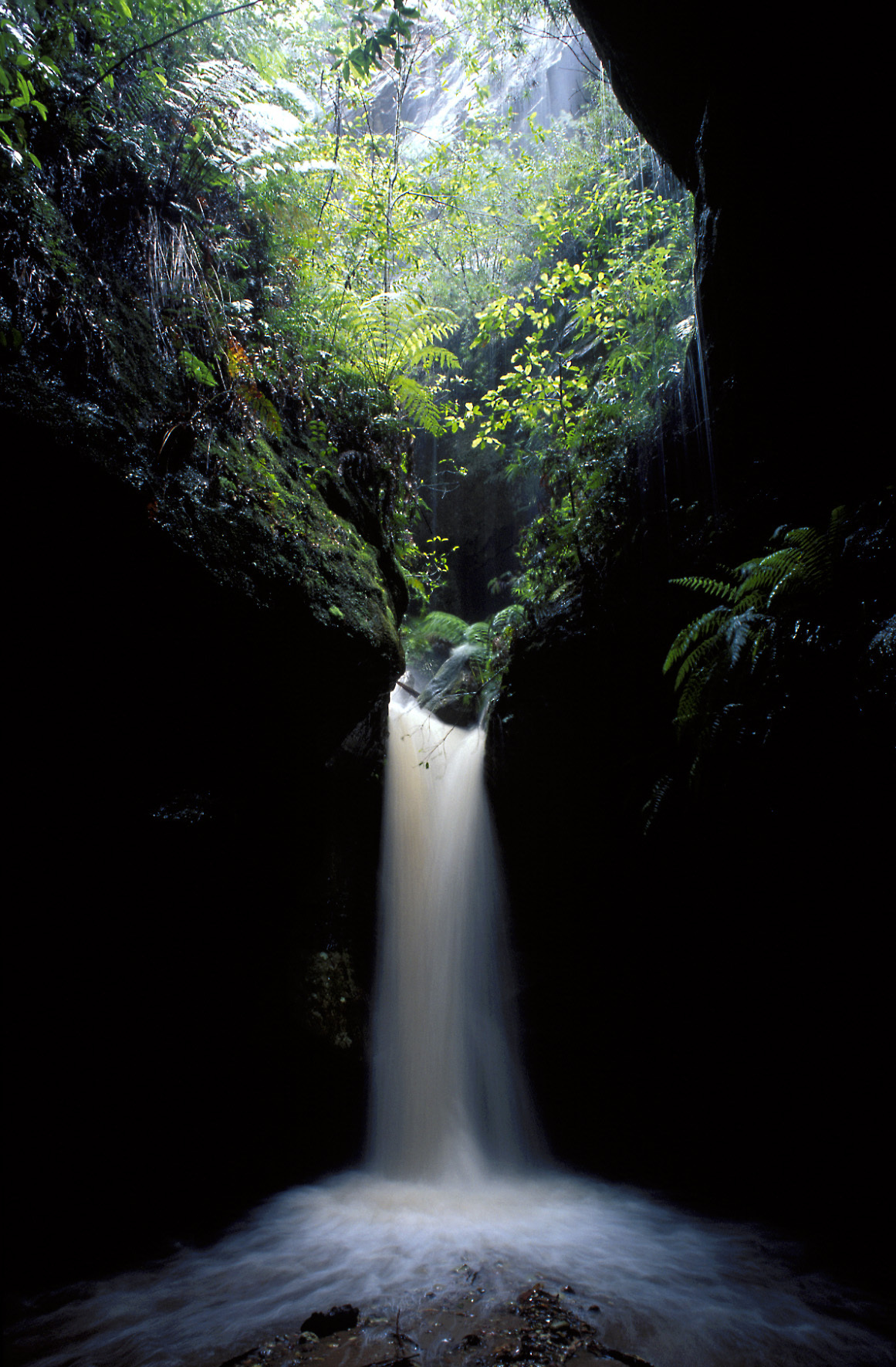
An experienced off-track walker, Caro recently did a three-day off-track walk from Newnes. She talks of walking in places where she couldn’t see footprints or manmade structures, of sleeping on rock shelves warmed by the sun. Within a few hours walk of Newnes she reached places where it felt possible that no one else had ever been.
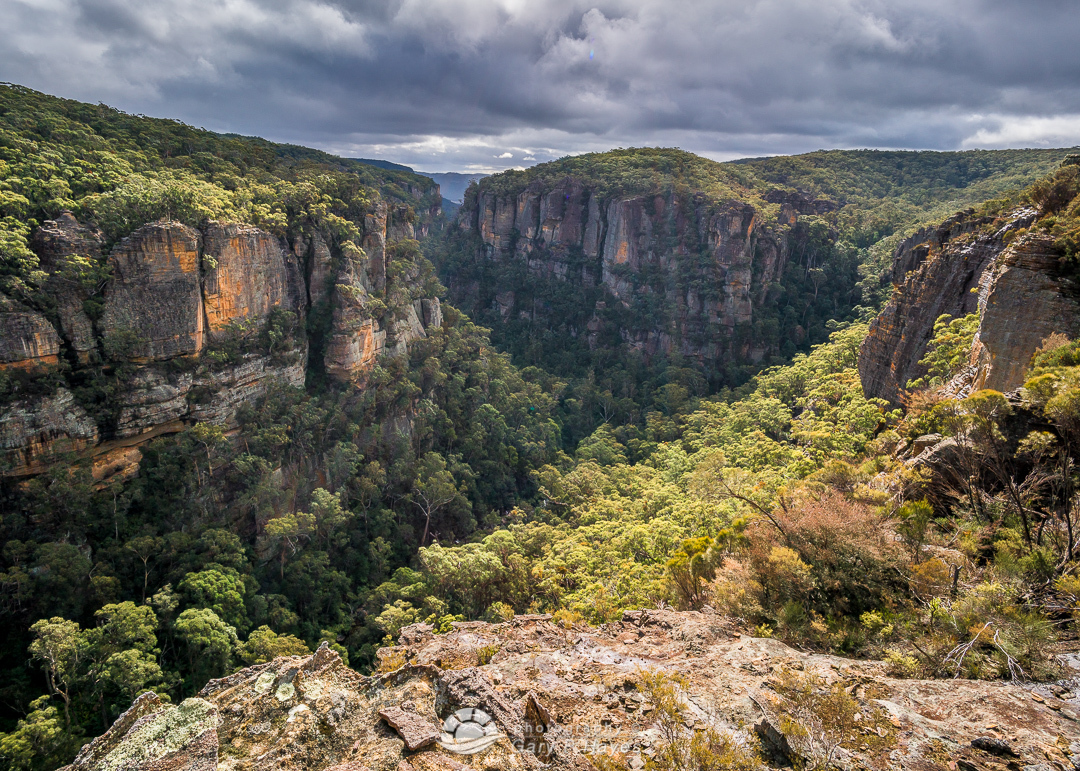
Part of the Greater Blue Mountains World Heritage Area, Wollemi has been an ark of biodiversity for tens of millions of years, with a remarkable variety of classic Australian flora such as eucalypts, banksias, waratahs and wattles. This extraordinary diversity of plants also sustains an abundance of fauna, including one-third of Australia’s bird species (265), 50 mammals, 30 frogs and over 60 species of reptiles. Back in 1994, botanist David Noble was exploring deep within the labyrinth sandstone canyons and found a stand of Wollemi pines, trees dating back to the time of the dinosaurs.
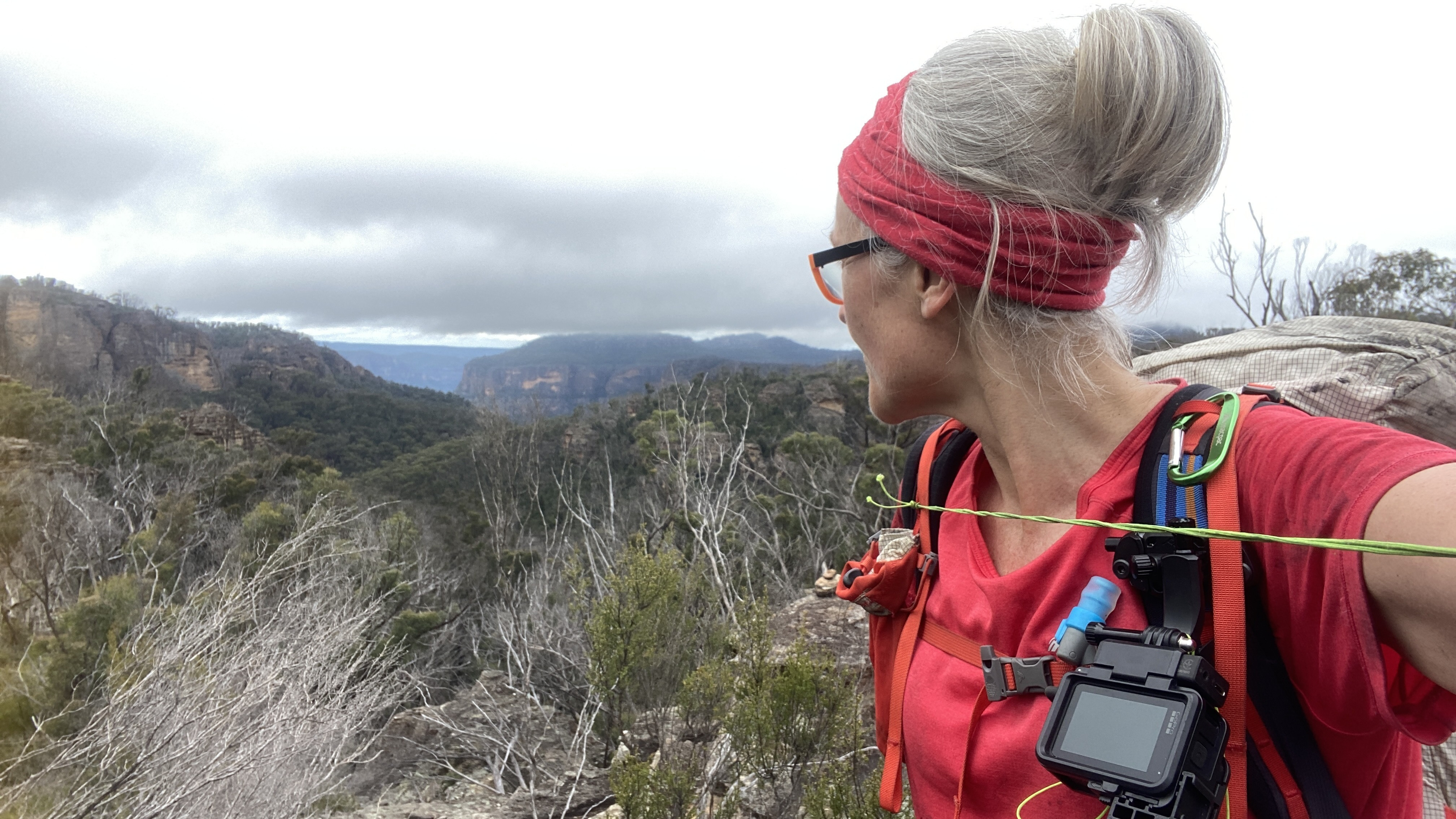
“You can let your gaze fall along the landscape and try and picture what it was like 200 years ago, before colonisation. Wild places like this haven’t been changed much, which is the point: they gift us a lens to look back through time.”
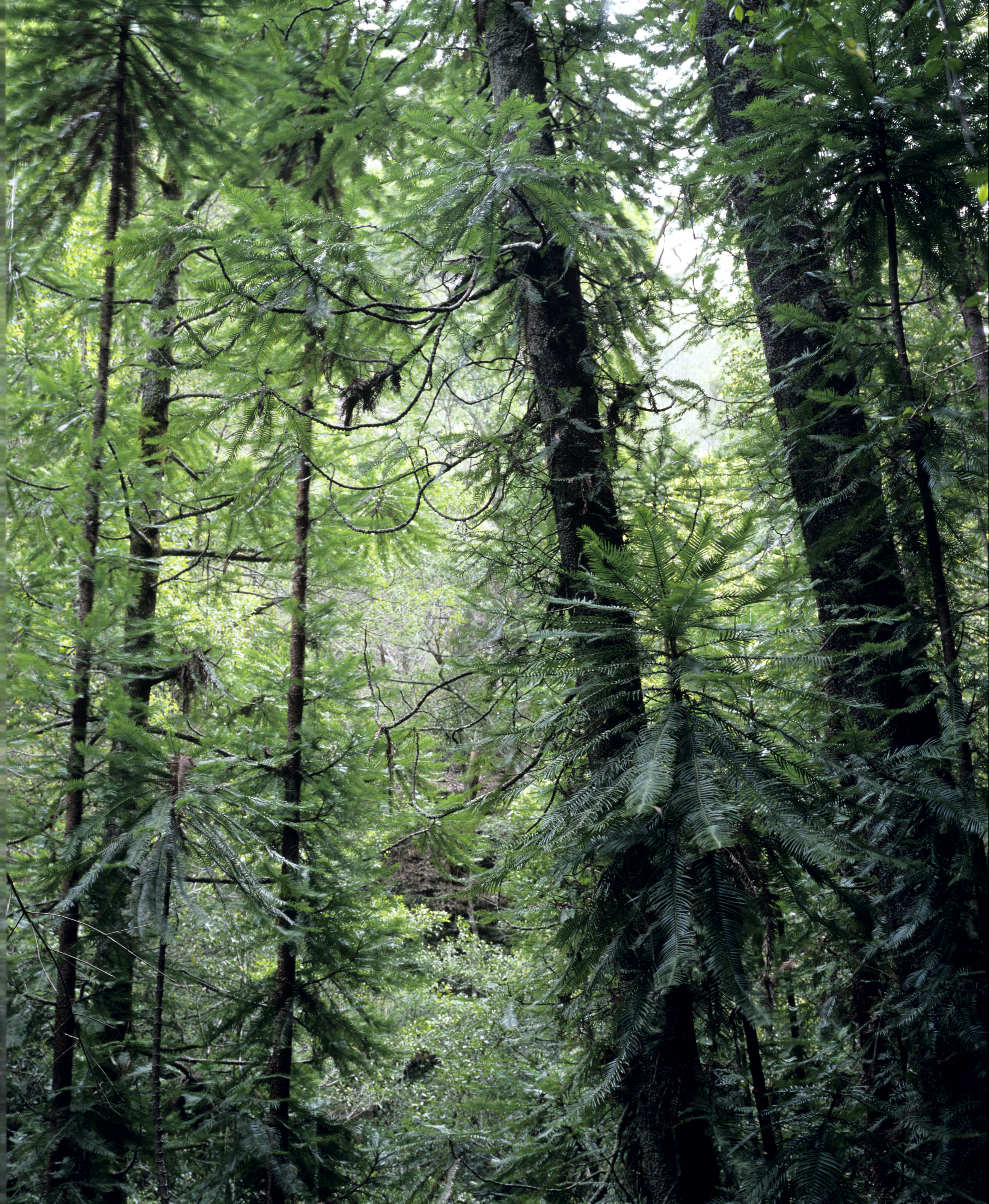
The Wiradjuri, Dharug, Wanaruah and Darkinjung people have a strong and ongoing cultural association with these lands. There are 120 Indigenous sites within the park, some of which can be reached by easy walks from the Ganguddy-Dunns Swamp campground. The rock art in Wollemi is thought to be between 2,000 and 4,000 years old, with a significant site at Eagle’s Reach showing animals long since extinct in the area.
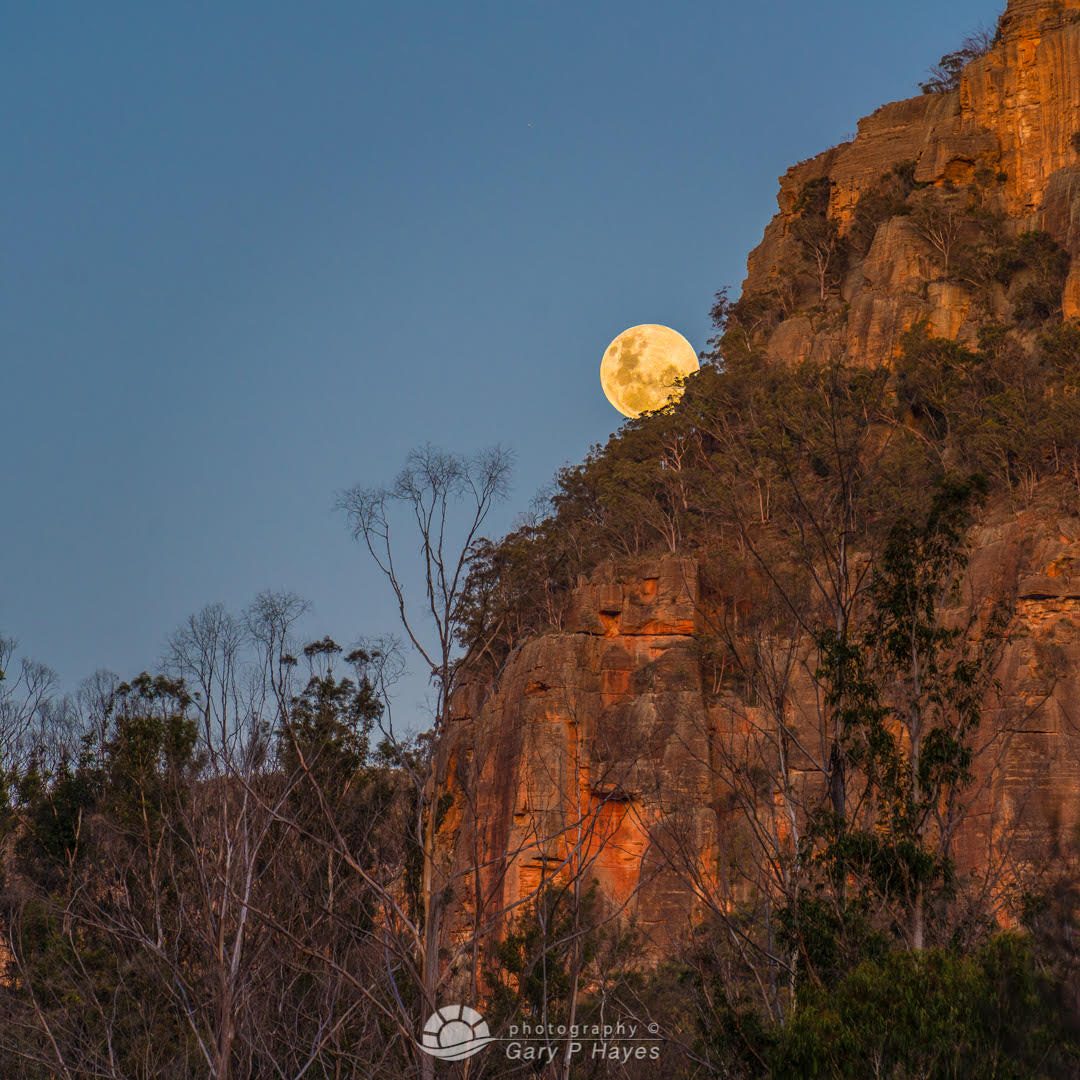
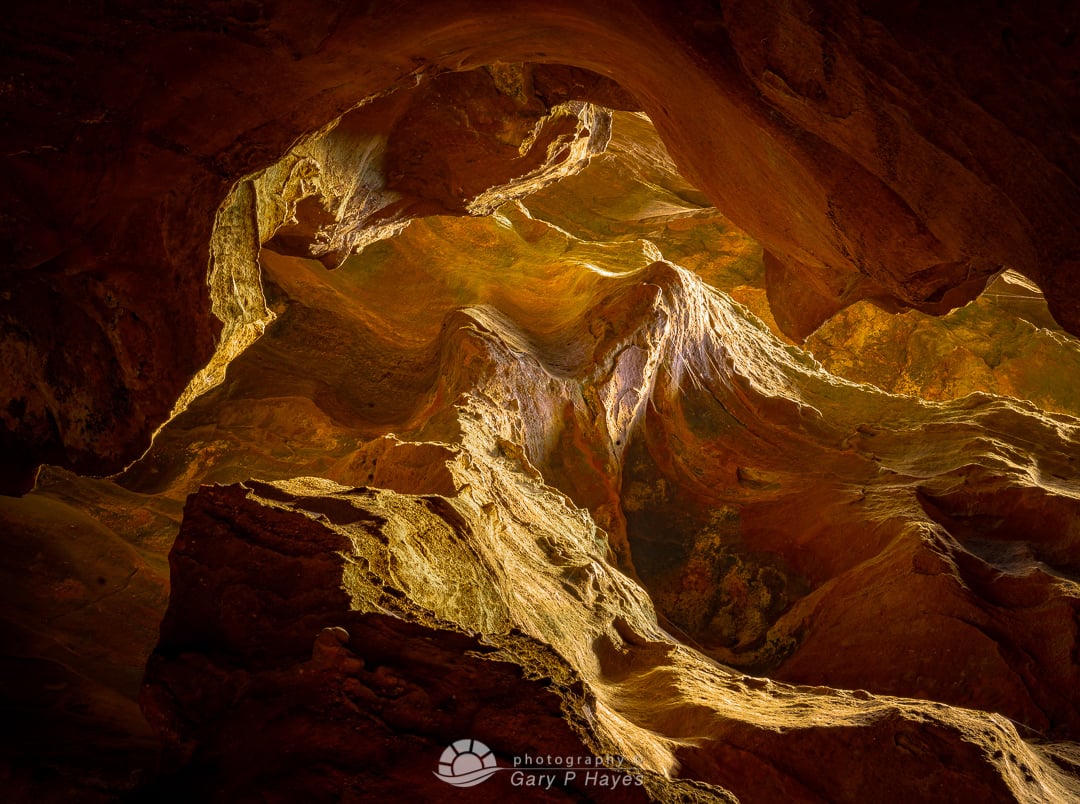
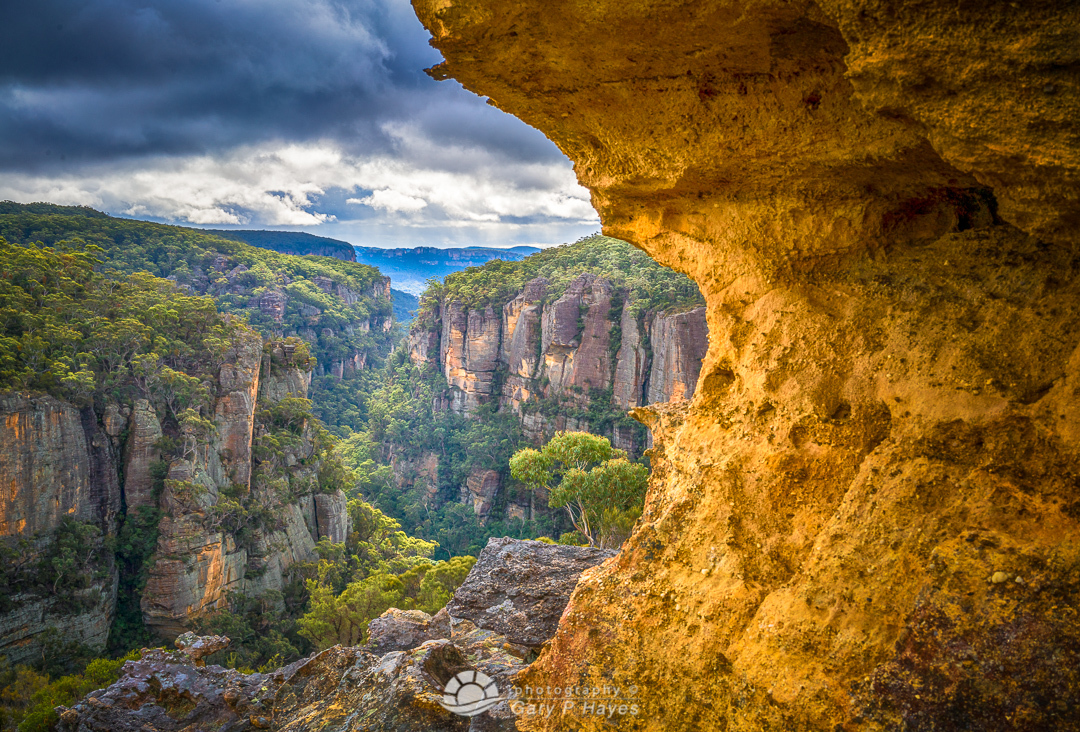
Image: Gary P. Hayes
Image: Gary P. Hayes
Image: Gary P. Hayes
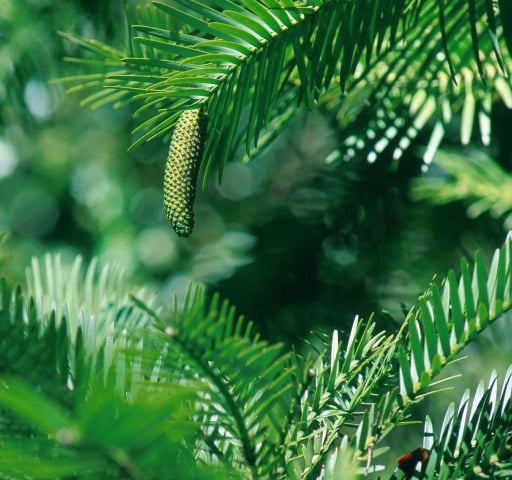
Use our handy guide to experience the best of what Wollemi National Park has to offer.
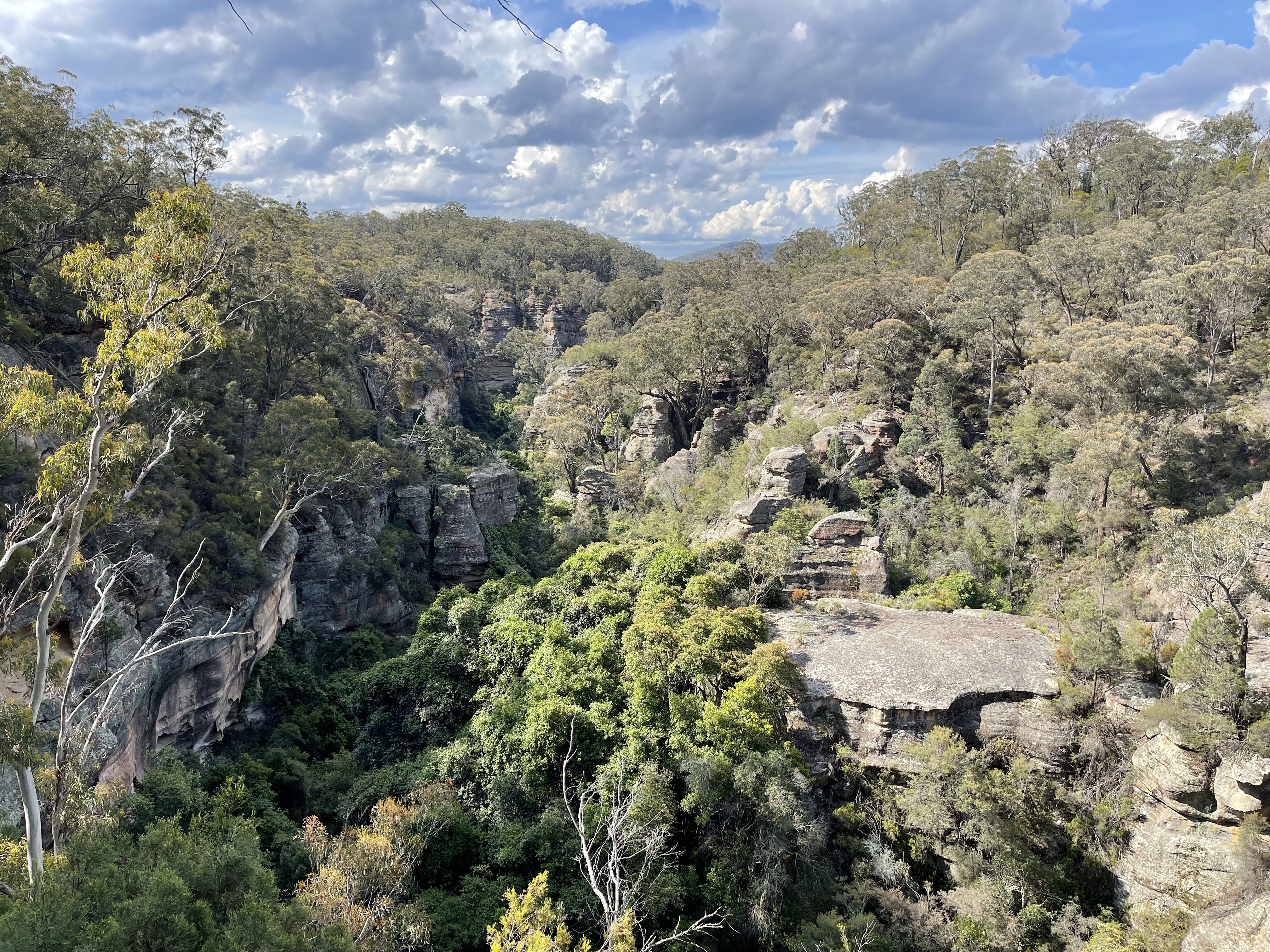
“These places are so precious. They have to be cared for and protected.”
